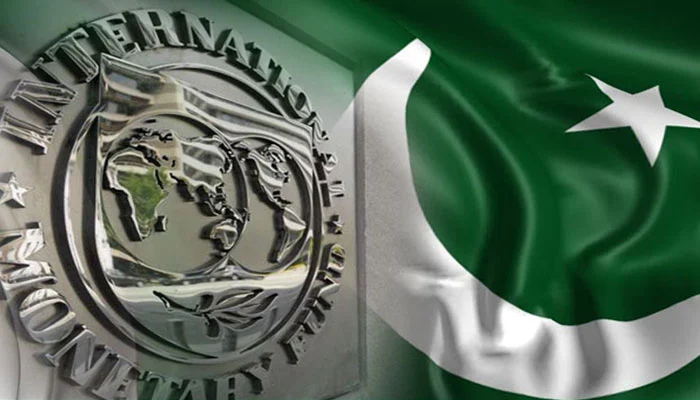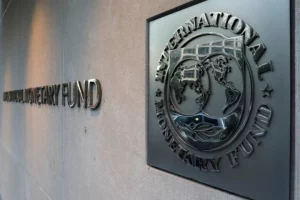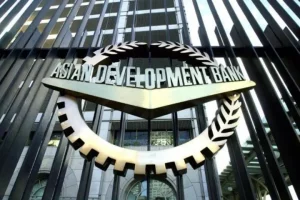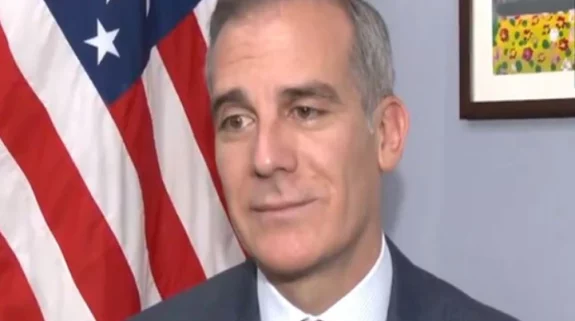Pakistan can heave a sigh of relief as it signed an agreement with a Chinese consortium of banks for a $2.3 billion loan facility at a time when its talks with the International Monetary Fund (IMF) are taking time to conclude. The move which will boost the depleting foreign exchange reserves, has already helped in cushioning the falling Pakistani rupee.
However, analysts said that this will only provide temporary support amid massive debt levels.
“The Chinese consortium of banks has today signed the RMB 15 billion (~$2.3 billion) loan facility agreement after it was signed by the Pakistani side yesterday. Inflow is expected within a couple of days. We thank the Chinese government for facilitating this transaction,” Pakistan’s Finance Minister Miftah Ismail tweeted.
Driven by a deepening economic crisis, Pakistani rupee has been the worst performing currency in Asia this year. The PKR was pegged at just over 174 to a US dollar. After touching a record low of 212 to a US dollar, at present, it is hovering around 209 to a dollar.
"This is just a breather for Pakistan. It has limited time and needs to get the IMF loan sanctioned at the earliest," a senior economist with a ratings agency told India Narrative.
Islamabad and IMF are already in talks for reviving the stalled $6 billion assistance package.
Though in 2019, Pakistan and IMF signed an agreement for a $6 billion loan under the latter’s Extended Fund Facility (EFF), it was stalled as the former Imran Khan-led PTI government reneged on the given mandate.
The Shehbaz Sharif government has resumed talks for reviving the bailout package but the IMF expressed concerns over the country’s recently announced 2022-23 budget. Though after the IMF nudge, fuel prices have been hiked and subsidies removed, issues related to a widening current account deficit and the direct tax rates remain. That apart, in June, ratings agency Moody’s too downgraded the country’s outlook from “stable” to “negative”, citing the negative impact of high commodity import bills on current account balance.
Also read: Pakistani rupee is the worst performing currency in Asia as value tumbles to 212 per US dollar
Pakistan's petrol price hike angers citizens, fuel protests by ousted Premier Imran Khan




















